World's most popular Windows emulator finally supports OpenGL, ARM64EC and high-DPI displays
World's most popular Windows emulator finally supports OpenGL, ARM64EC and high-DPI displays
Share:
Wine 10 finally arrives after a year of development. When you purchase through links on our site, we may earn an affiliate commission. Here’s how it works. If you want to run Windows software on a Linux OS, you'll need to install the Wine compatibility layer. Wine, a recursive acronym for "Wine Is Not an Emulator," provides a runtime environment for running Windows applications natively on Linux without virtualization. It can also be configured as the default installer for Windows software, simplifying the setup process.
![[Wayne Williams]](https://vanilla.futurecdn.net/cyclingnews/media/img/missing-image.svg)
First released on July 4, 1993, Wine was created by Bob Amstadt (the project’s original lead) and Eric Youngdale as an open source implementation of the Windows API for Unix-based systems. Over the past 32 years, it has evolved into a powerful tool for bridging the gap between Windows and Linux environments and after a year of development, the developers behind it have announced the stable release of Wine 10.
![[A white padlock on a dark digital background.]](https://vanilla.futurecdn.net/cyclingnews/media/img/missing-image.svg)
This new version includes over 6,000 individual changes. While many are minor fixes, there are some notable highlights, including full support for the ARM64EC architecture and hybrid ARM64X modules, allowing seamless integration of ARM64EC and plain ARM64 code.
![[Password]](https://vanilla.futurecdn.net/cyclingnews/media/img/missing-image.svg)
High-DPI support has been improved in this release, with automatic scaling for non-DPI aware applications. Vulkan enhancements now support child window rendering and Vulkan Video extensions. Direct3D updates include a new HLSL-based fixed function pipeline, Vulkan shader backend improvements, and dynamic state extensions to reduce stuttering. And, in a welcome move, OpenGL is now supported within the Wayland driver, which is enabled by default. This addition will allow for better integration with Wayland-based Linux environments.
![[A key, with houses for teeth, on a yellow background.]](https://vanilla.futurecdn.net/cyclingnews/media/img/missing-image.svg)

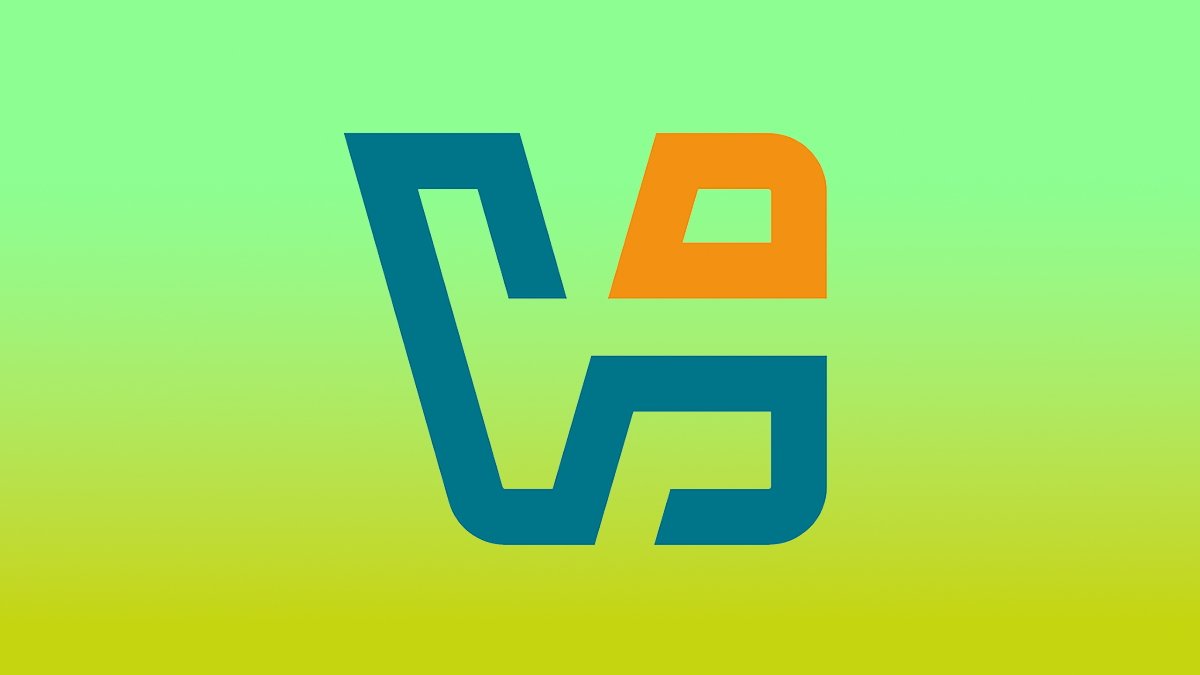



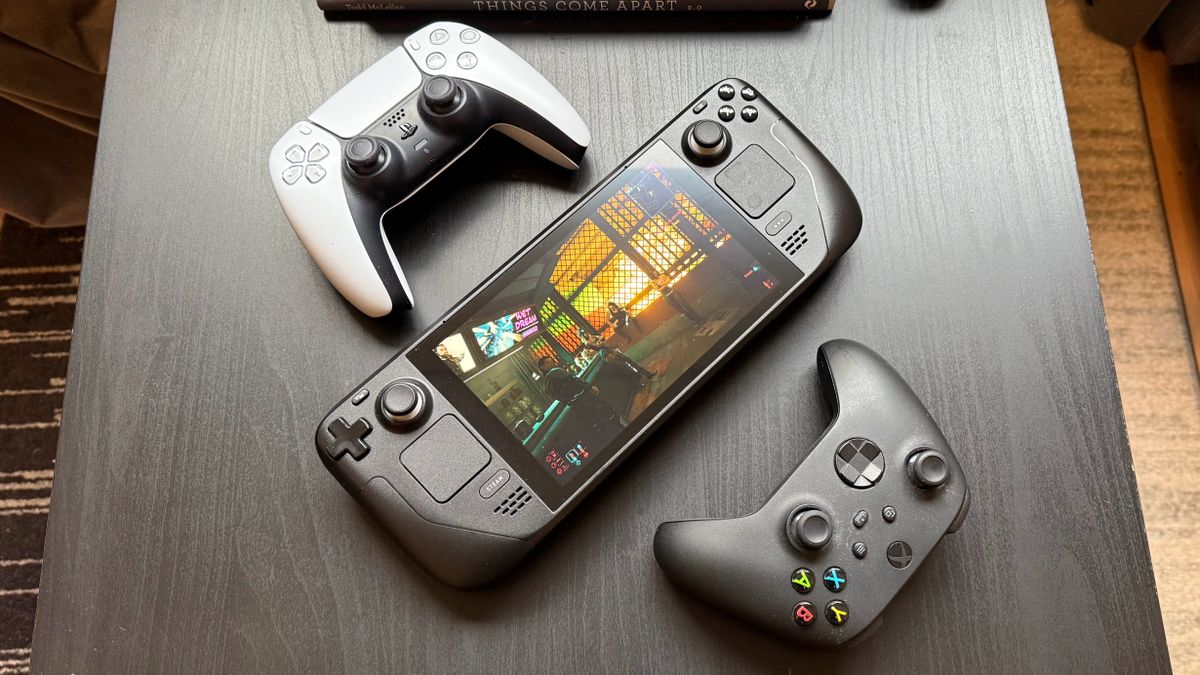





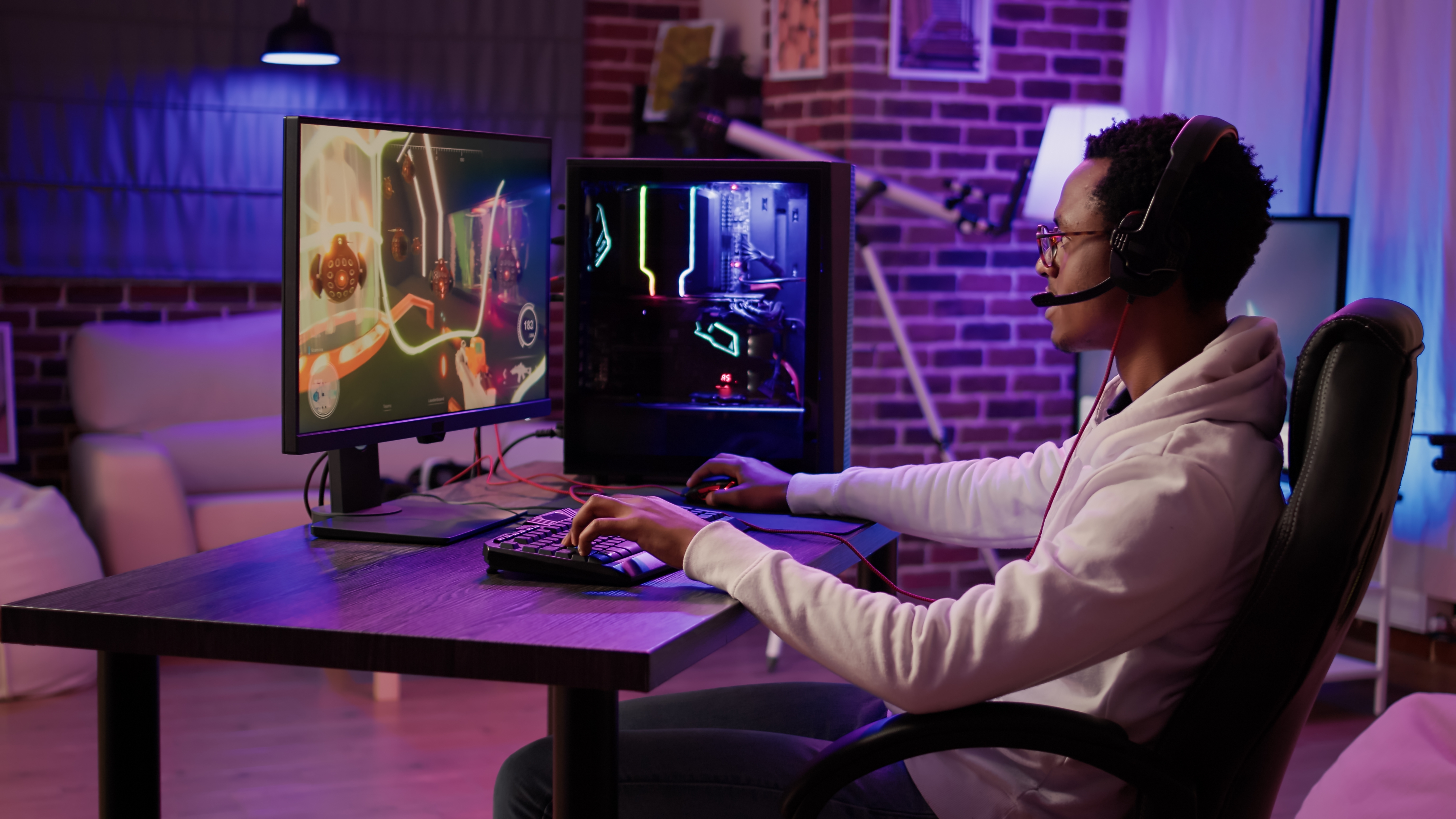

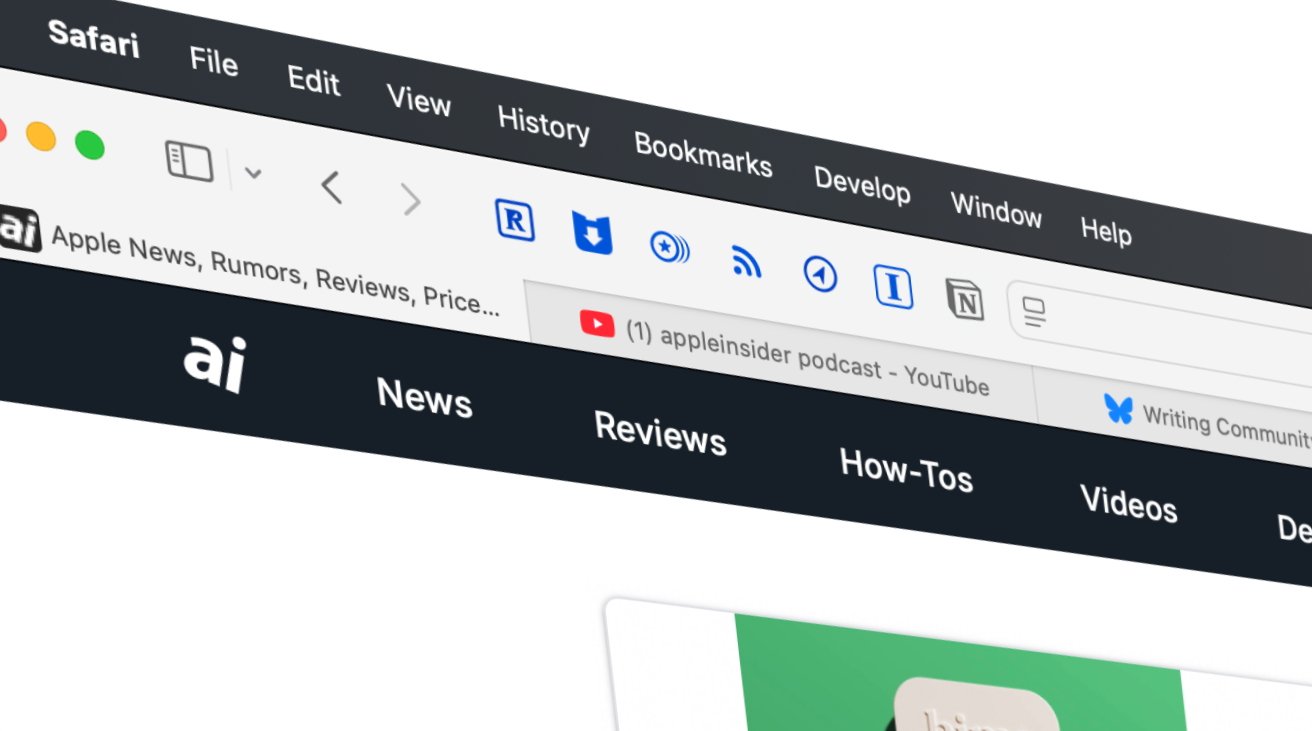
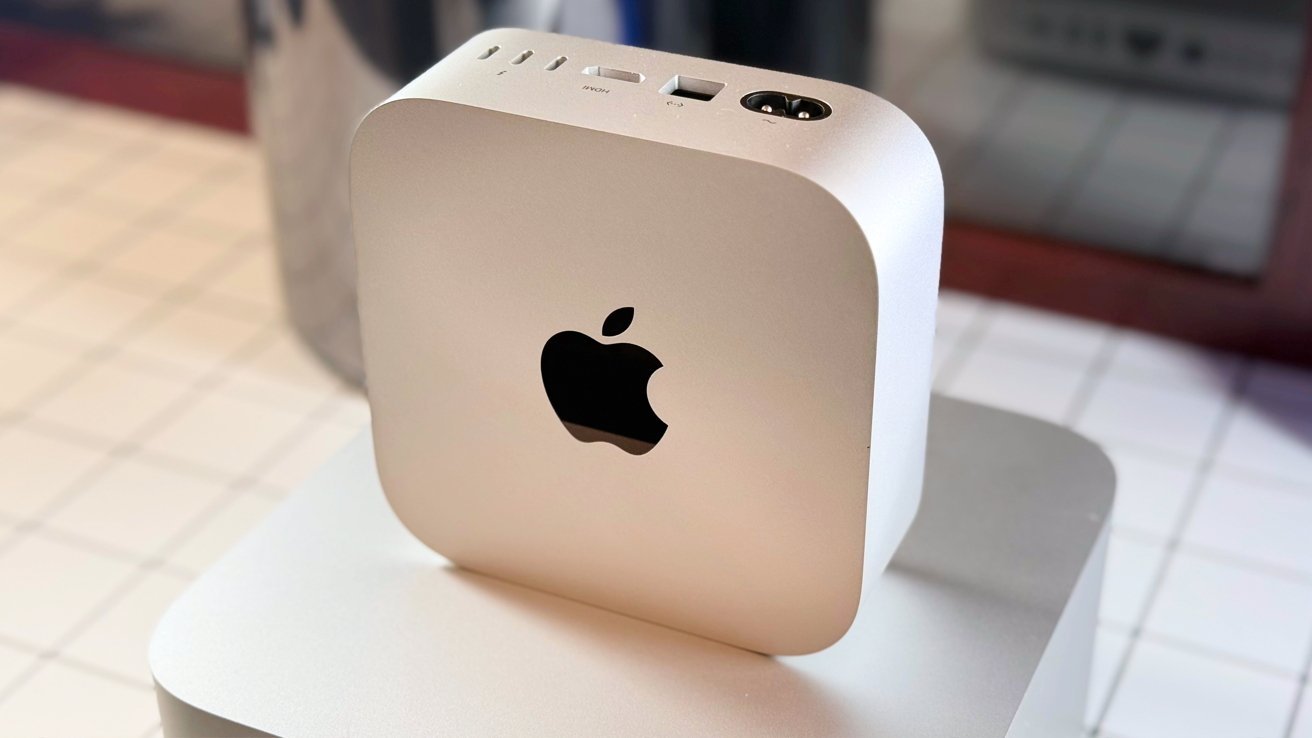

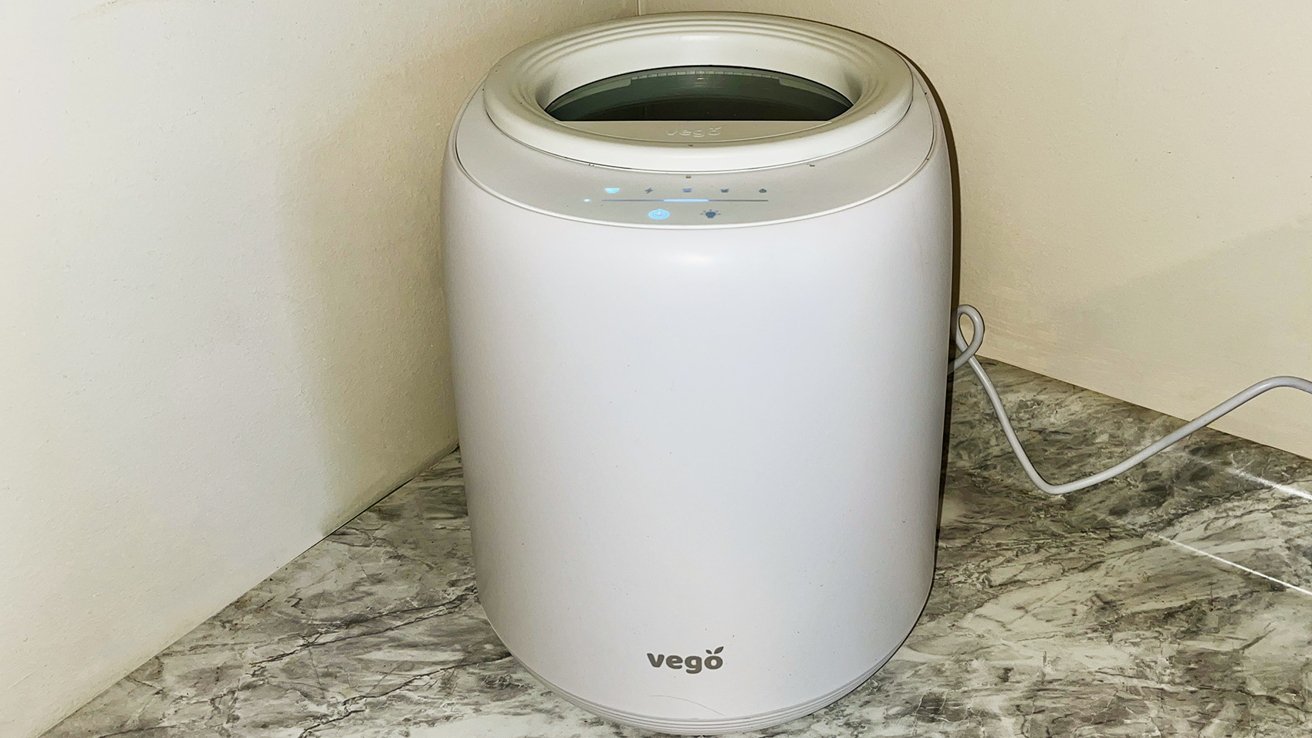

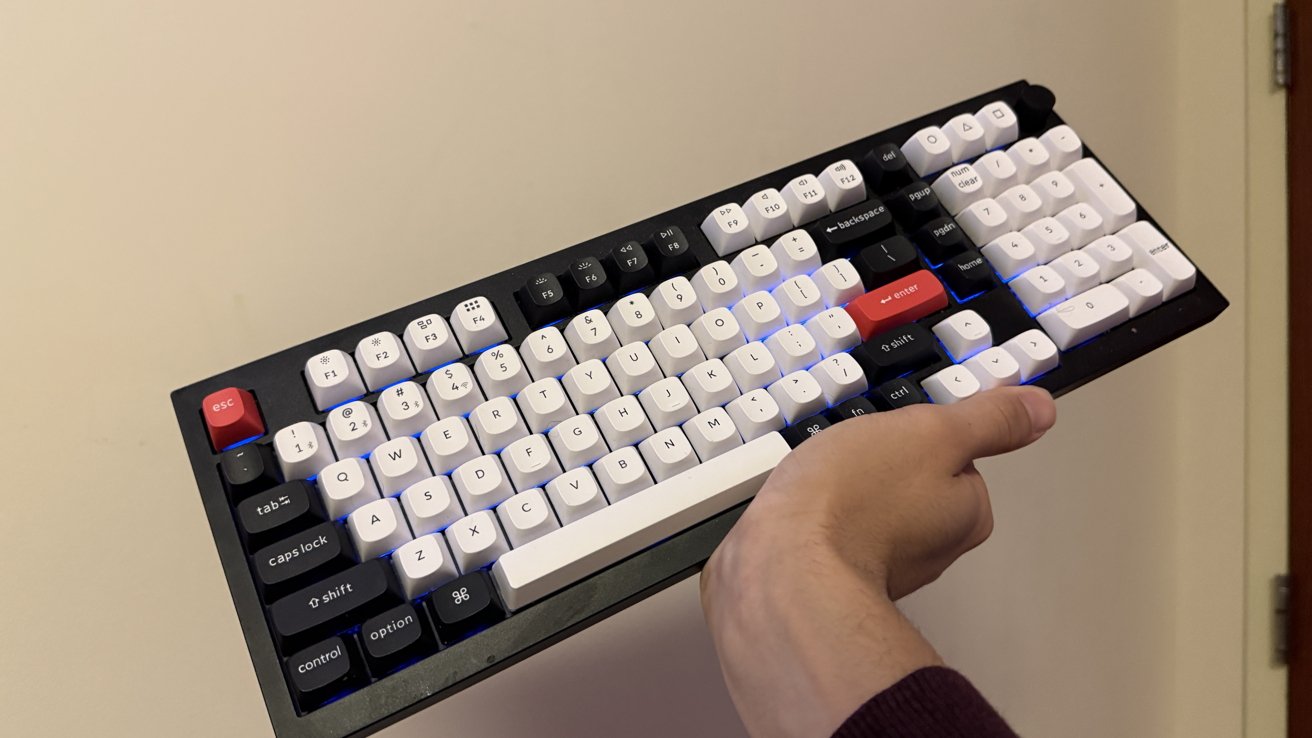
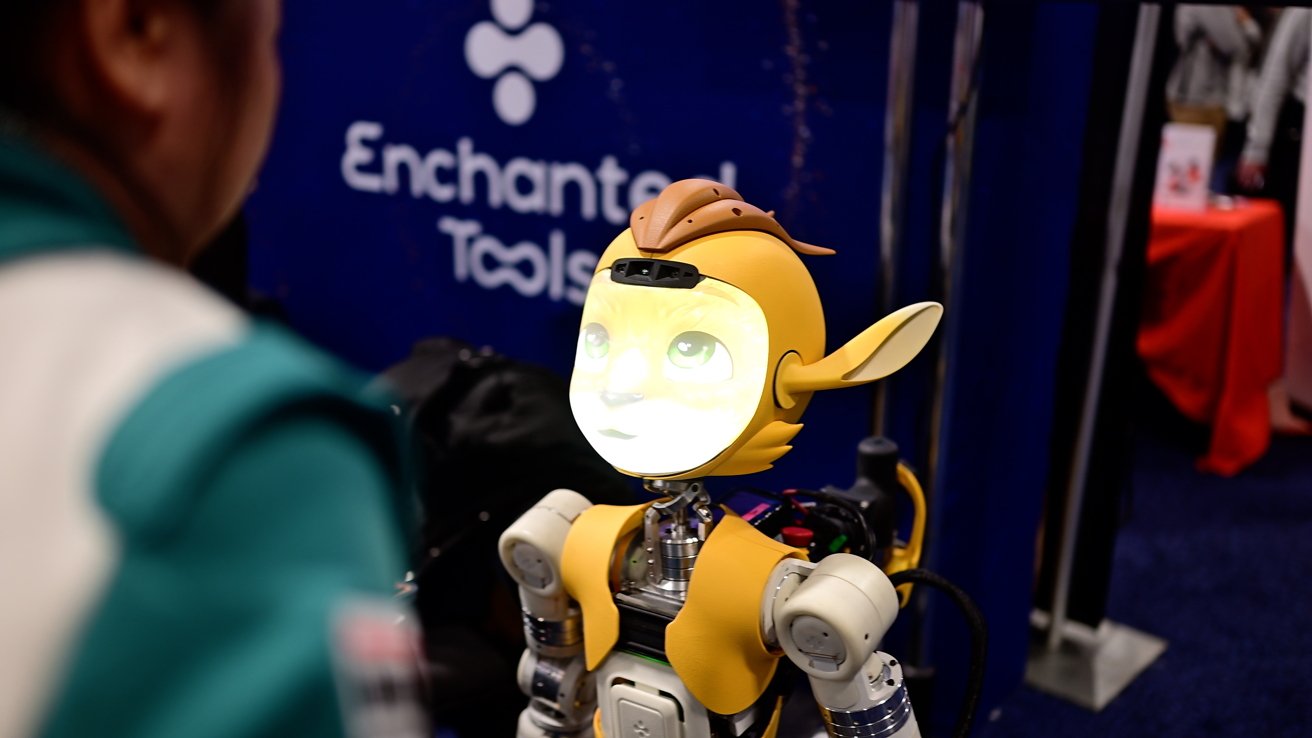
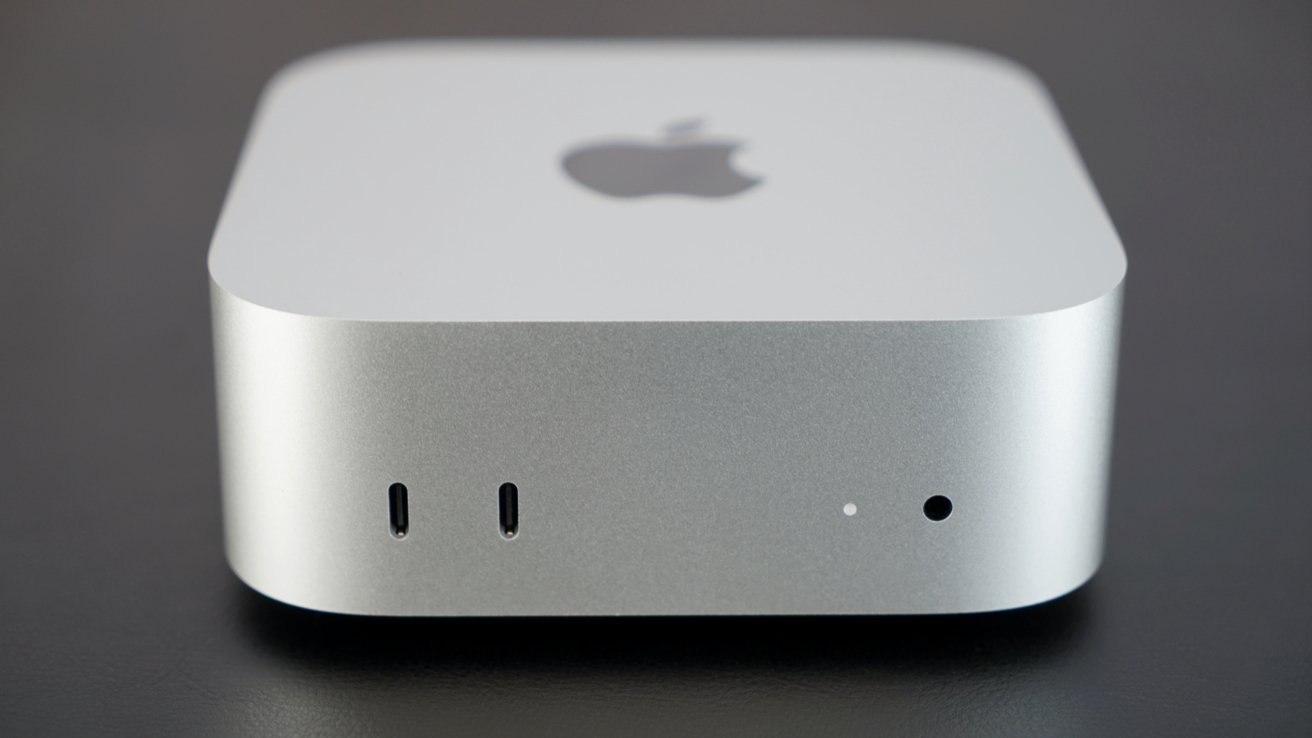
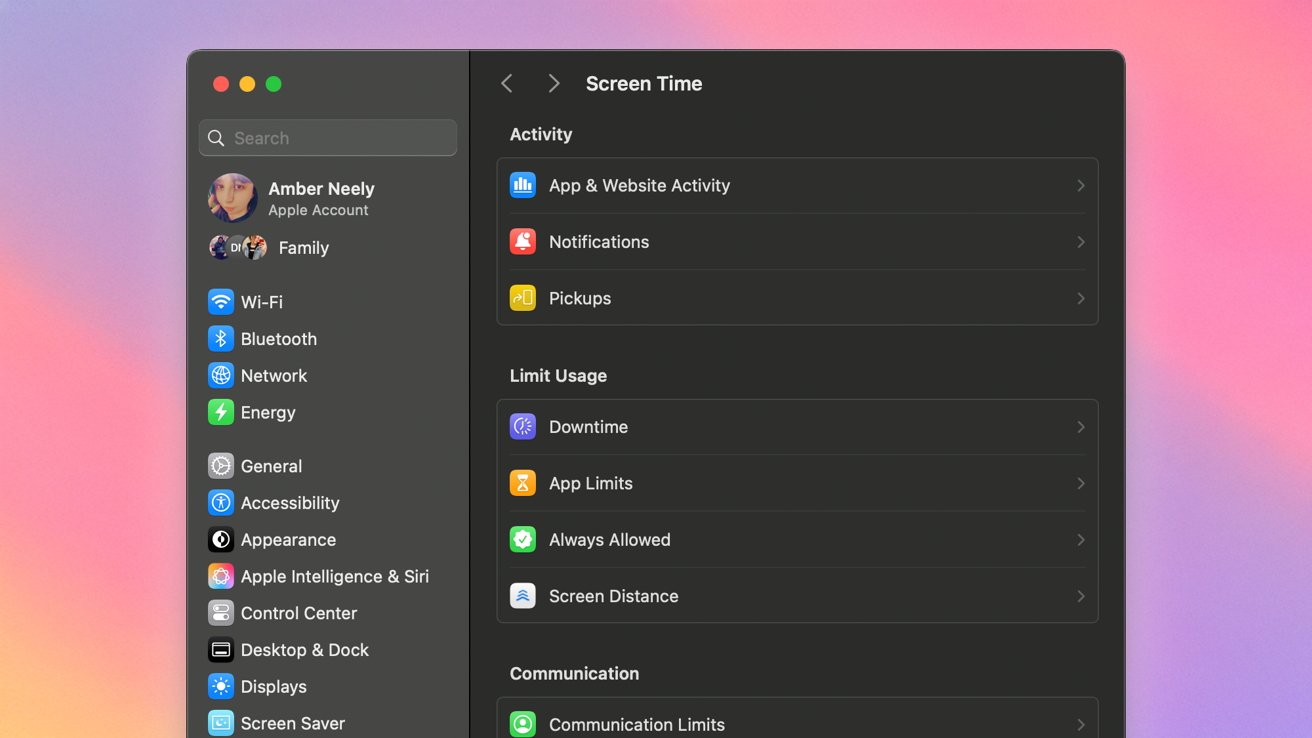
-0-15-screenshot-xl.jpg)